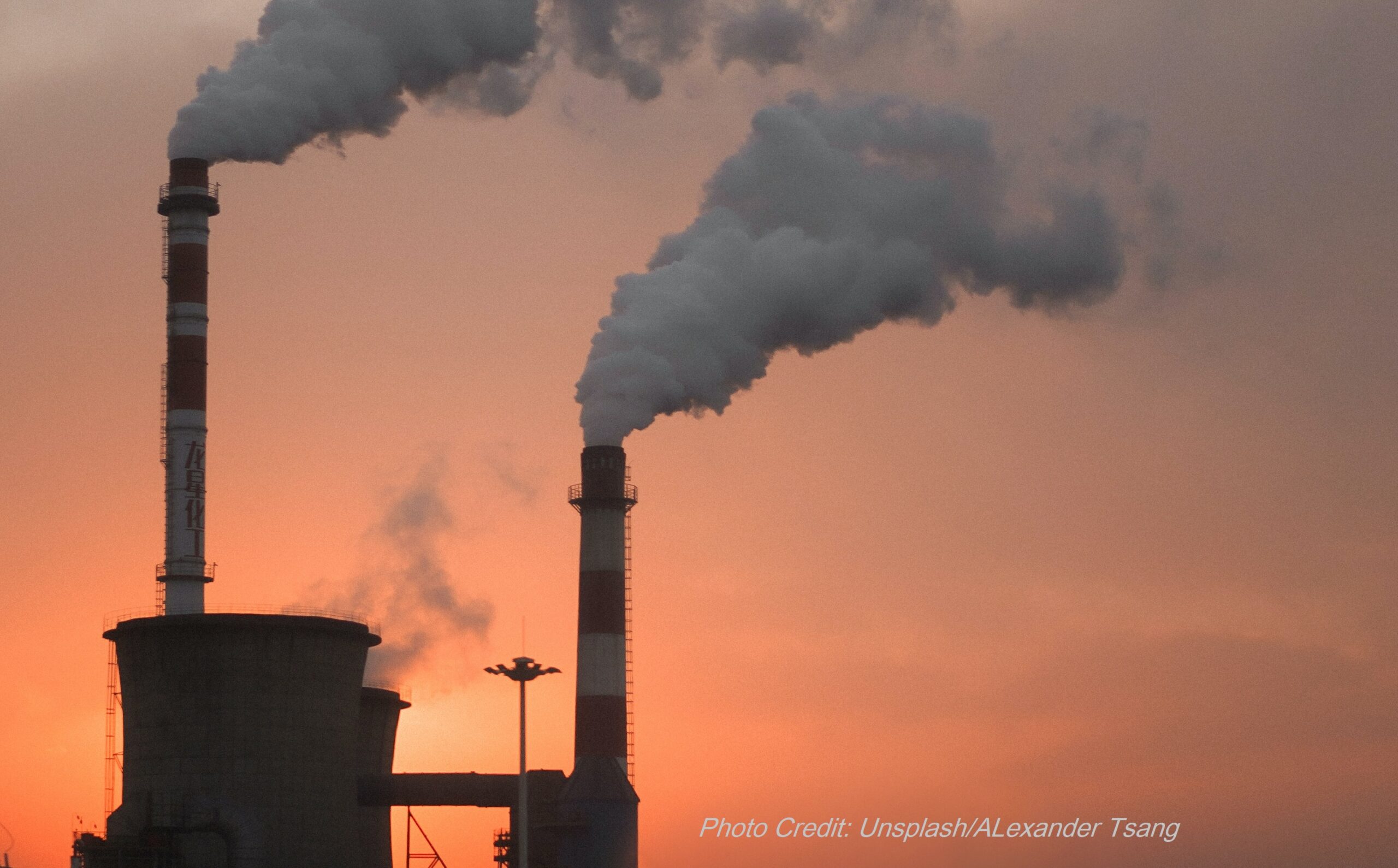From: Macon Telegraph May 13, 2017
Good air quality news, however, danger ahead
It wasn’t very long ago, almost 14 years to be exact, that Macon leaders were wringing their hands, worried about non-attainment to U.S. Environmental Protection Agency air quality standards. Leaders in Houston and Monroe counties were worried as well. The EPA eventually took most of Monroe County and Houston County off the list of areas that were non-compliant with the eight-hour ozone regulation. Now, Bibb leaders were worried and puzzled. How could those areas be within the rules and Bibb not meet the standard? It’s not like there is an invisible wall at Echeconnee Creek that blocks ozone.
They were worried because air quality is an economic issue. Businesses want to know if it has to spend extra money on air pollution controls and air quality is an important deciding factor in whether or not Robins Air Force Base gets new missions, particularly flying missions that could impact air quality.
But those worries are in the past, though vigilance is always necessary. Almost two years ago the EPA announced that the entire area was in attainment, and that was due to the hard work of the Middle Georgia Clean Air Coalition, at that time lead by Ned Sanders, former Houston County chair. The coalition was formed in response to the first challenge and included all the mayors and chairs of the county commissions in the seven-county area. The effort involved private industry, higher education, school systems and others. Municipal fleets were retrofitted and landfill gases are converted to energy. Electric vehicles and charging stations began to appear and Interstate 75 became a biofuels corridor and green education efforts went from K-12 schools to households. And the work continues.
Last week the American Lung Association released its “State of the Air 2017” report that said, “The Macon-Warner Robins area had the fewest ozone days reported since the report’s beginning 18 years ago, and its best rating for particle pollution.” The ALA report shows that Georgia air overall has also improved, particularly the Metro Atlanta area which had its fewest ozone days since the report began as well. Eighteen years ago, the city was on the list of the top 25 metro areas for ozone pollution.
Still, there is much work to do. Fulton County had 17 “Orange” air quality days, meaning the air was unhealthy for “sensitive groups,” people with lung disease, older adults and children who are at greater risk from ozone. It also impacts people suffering with heart and lung disease and older adults and children who are at greater risk from particles in the air. In comparison, Bibb County only had two “Orange” air quality days during the 2013-2015 measuring period for the ALA report.
You can follow traffic on Interstate-75 to see the counties with the highest number of bad ozone days: Henry, DeKalb, Gwinnett and Rockdale.
For all the progress, there are storm clouds ahead. The Clean Air Act is under attack in both houses of Congress. The Ozone Standards Implementation Act of 2017, House Resolution 806 and S. 263 would delay standards to reduce ozone by eight years. Opponents to the measure have hung the moniker “Smoggy Skies Act” around the legislation’s neck. The other threat is President Trump’s proposed budget and his executive order to dismantle the Clean Power Plan which sets limits on carbon pollution from power plants. Combine the legislation and the 31 percent budget cut to the EPA, that according to The New York Times, will cost the agency 3,750 jobs, a quarter of its work force, and we could have a real problem here and across the country.
We have come to expect clean air and water in this country. While we can debate the impact of climate change until we’re blue in the face, there is no such debate on the effect ozone and particulate matter has on children, the elderly and those with asthma and other health issues. If we aren’t careful, our nation could end up like China. On Friday, it had 17 cities with an “Unhealthy” Air Quality Index between 151 and 200. The vast nation had four cities where the AQI was between 201 and 300 ranking the air quality as “Very Unhealthy. In contrast, all but one monitoring station in the U.S. measured the air quality as “Good” on the same day, but there was one outlier in Laredo, Texas. There the AQI was ranked “Hazardous” with an AQI of 868. Hazardous is anything with an AQI greater than 300.
We would be wise to not start down the slippery slope that will only damage the natural resource we all depend on.





